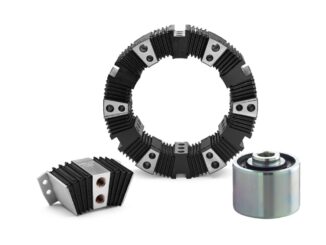
© Samuel Mann (Flickr) monitors
© Samuel Mann (Flickr)
Technological advancements
The world in recent decades has witnessed unprecedented advances in technology, which results in an increase in advanced and new electronic goods. Each day gives rise to innovations and inventions. This comes as a welcome, especially considering the need to do things better, to lower prices, to improve performance, in addition to promoting globalisation.
Problems of technological advancements
New versus old technology
However, even with the emergence of new technology, old technology still exists in the form of electrical and electronics equipment. The perplexing problem that exists with these items then becomes even more complex: you should know whether to dispose or to recycle them.Disposing them seems to be an easier and cheaper solution.
However, the major disadvantage arising with e-waste disposal is the health risks associated with the process. Most of these items contain harmful substances such as lead or mercury, that not only act as a health risk to humans, but also have negative implications in the environment, for example, landfills or incinerators.
Disposing these items releases dangerous components which may contaminate water either through absorption into the ground or surface runoff.
Advantages of recycling
Nonetheless, even with the hazardous components contained in electronic waste, it also contains useful and scarce elements, accounting to about 60%. Two types of recycling exist.
The first one involves using hands to dismantle individual electronic equipment. Although it allows recognising working components, it is costly and hazardous.
Alternative method
An alternative method is by using machines to separate indiscriminately the materials and screen them for useful metals. This makes e-waste recycling beneficial when compared to e-waste disposal both in terms of health and environmental preservation.
Recycling electronic equipment makes it possible to extract the raw materials, which impacts positively on the environment, as well as on the consumers. This is because the demand for raw material and products diminishes. The pollution caused by disposing items such as water pollution and greenhouse emissions due to manufacturing new products, also significantly reduces.
Conclusion
In conclusion, the health and environmental advantages of e-waste recycling outweigh the cost and dangers of electronic disposal.
In addition, the benefits of recycling, such as extracting useful material from these wastes means that it is also of economic gain since the materials find usage in an assortment of areas, as well as their re-use in making the initial components.




